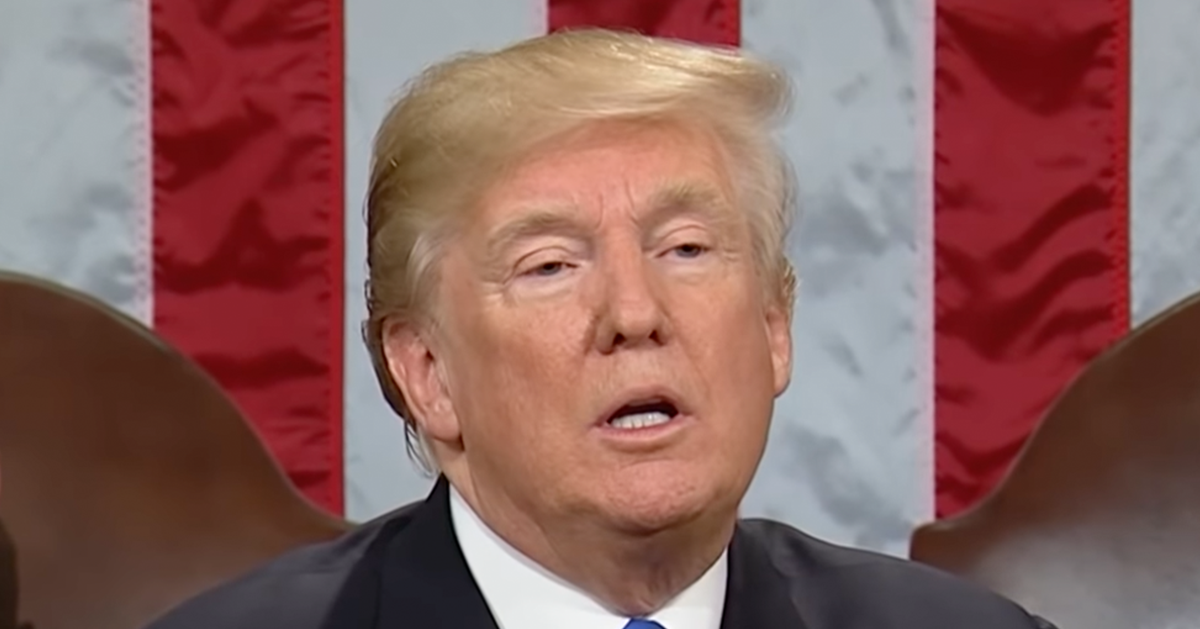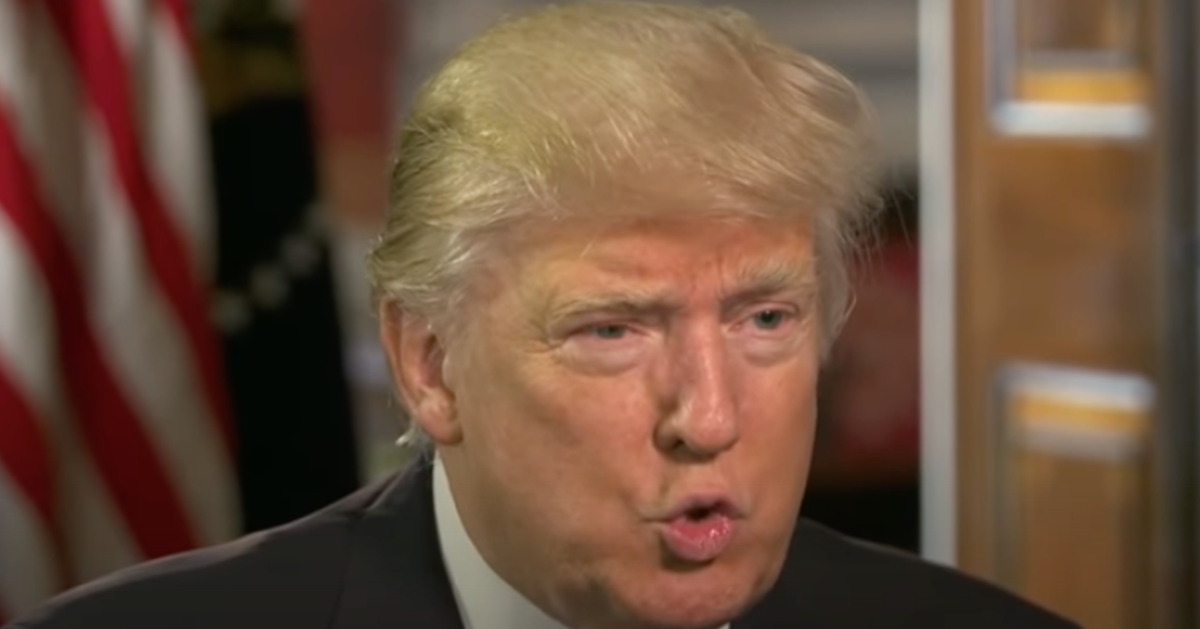Trump administration's effort to block fired federal employees' reinstatement denied
A recent court decision has significant implications for thousands of federal workers dismissed amid the Trump administration's cost-cutting push.
In a decisive move, the 9th Circuit Court of Appeals affirmed a lower court's directive to reinstate numerous probationary federal employees terminated by Trump officials, as the Washington Examiner reports, with the court dismissing an attempt to delay a ruling involving the future status of these workers.
9th Circuit Issues Ruling
The lower court decision, penned by Judge William Alsup, had called for the reinstatement of thousands of probationary employees. These individuals had been dismissed for alleged performance issues during Donald Trump's presidency.
The 9th Circuit's order echoed Judge Alsup's ruling, emphasizing a return to the legal state as it existed before the firings. This particular decision preserves continuity, opting not to reverse the lower court’s judgment that the terminations were unjust.
Interestingly, Judge Bridget S. Bade of the appeals panel had a differing opinion on the matter. She argued that issuing an administrative hold would have maintained the initial firings, thereby preserving the existing situation ahead of further proceedings.
Probationary Employees Raise Allegations of Bias
This case involves probationary workers hailing from six federal agencies. These employees faced termination amid claims of subpar performance under guidelines set during the Trump administration.
Alsup's initial ruling reinstated the employees, referencing what he said was the wrongful nature of their release. This ruling came amid allegations from labor unions and critics who claimed the terminations might have been politically motivated.
Concerns surrounding political motivations drew attention to a memo from the Office of Personnel Management (OPM) in January. This document urged evaluations of probationary staff, yet the OPM clarified it was not intended to initiate firings.
Breakdown of Appeals Court's Judgment
The appeals court's order conveyed the complexity of the issue at hand. The ruling stated that since the lower court had identified that the employees’ terminations were wrongful, maintaining what the district court deemed the functional prior status was essential.
The appeals court argued that a temporary administrative hold on the lower court’s decision would not truly support the existing legal balance. Returning the fired employees to their positions, they argued effectively reinstates the legally recognized conditions.
The composition of the 9th Circuit Court, predominantly with judges appointed by Democrat presidents, also came into the spotlight amid the proceedings.
The court's decision adds another layer of complexity to the ongoing debate about impartiality and judicial influence.
Implications for Federal Employment Amid Efficiency Drive
Meanwhile, stakeholders from both sides await further moves as the legal proceedings unfold. The Trump administration has the option to pursue additional legal avenues or accept the current judgment and reinstate the employees in question.
The current predicament serves as a pressing reminder of the intricate interplay between judicial decisions and administrative actions regarding employment in federal agencies, especially during a time of governmental downsizing.
These ongoing discussions highlight the need for clarity and fairness, particularly amid claims of political bias.
As the appeals court ruling stands, the thousands of federal employees involved in the case have secured something of a reprieve. Reintegration and continued service within their agencies are expected at least as long as the legal process continues to play out.
Understanding the details of each decision and its implications for federal employment helps to inform both the public and policymakers. Remaining informed and engaged is crucial as similar cases are likely to arise in the future, shaping the landscape of federal work environments in the Trump era.
As developments occur, they will continue to remind observers of the delicate balance between administrative procedures and judicial oversight. Heeding this balance helps ensure that federal employment practices remain fair and accountable to the public they are designed to serve.




